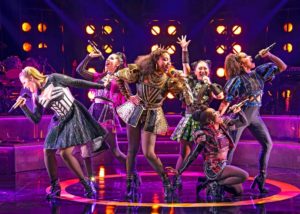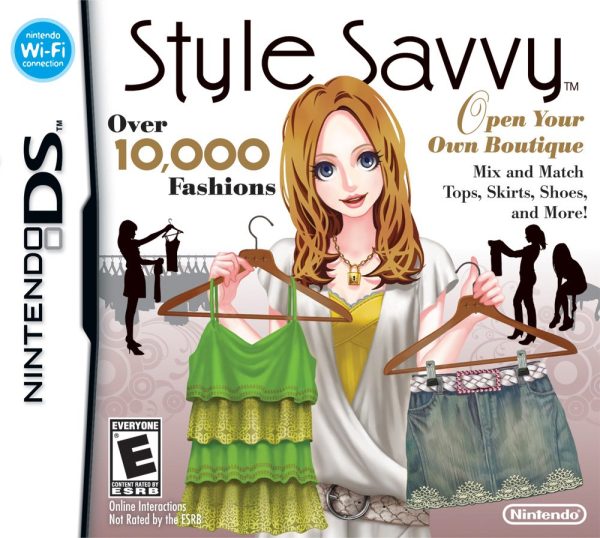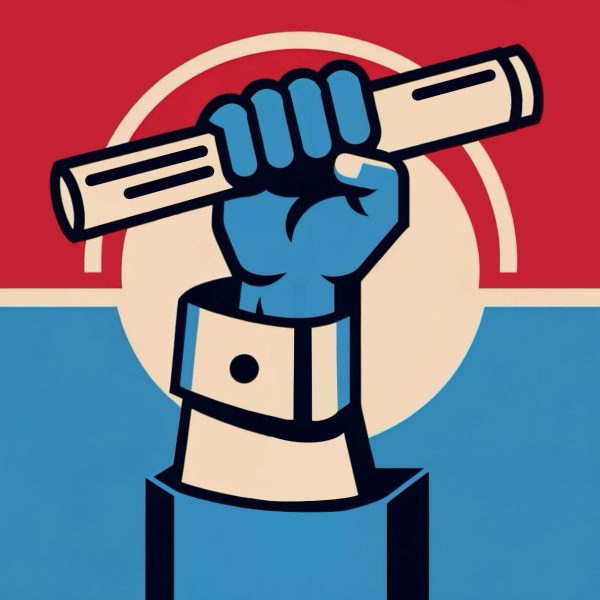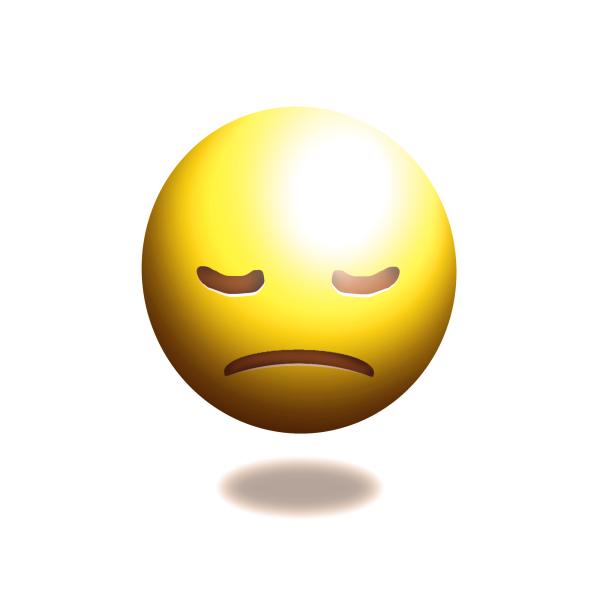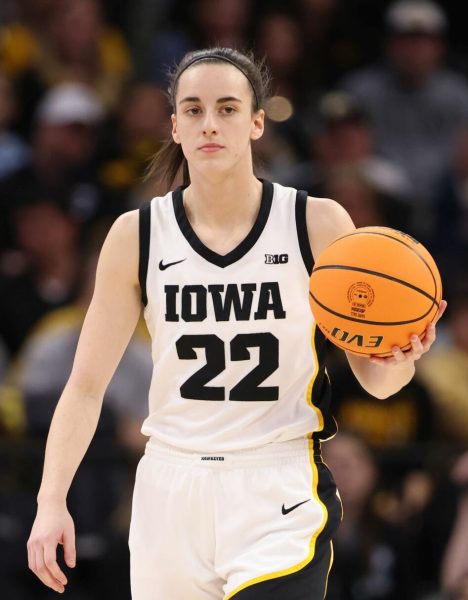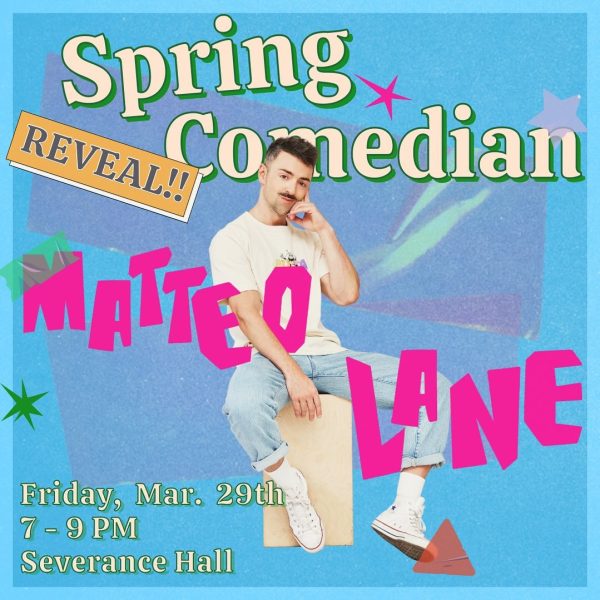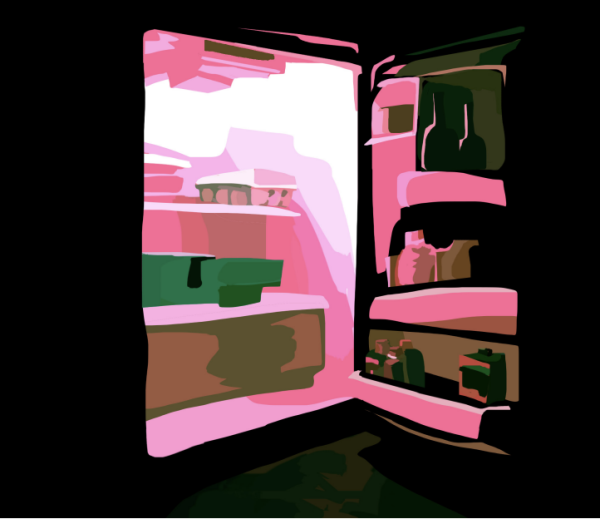Edmonds: Hollywood’s focus on the female gaze is just the first step
January 27, 2017
By most standards, “Magic Mike” is not a good movie. The plot is shaky, the characters poorly written and the take-away unconvincing, but I love that movie more than anything.
Why? “Magic Mike” was the first movie I saw that cared about me as an audience. I’ve seen so many awesome action and adventure movies and big time Hollywood films, but none of them catered to me as an audience member and only a few had a female protagonist. All of them catered to the male gaze instead.
Male gaze, you may ask? The male gaze is the concept that movies and art show the world from a masculine point of view, usually portraying women as objects of desire. In the current Marvel Cinematic Universe movies, Black Widow sadly fits this. She can fight the bad guys with the best of them but, in the end, all she wants to do is have babies with the Hulk, according to Joss Whedon. She’s the hot, awesome chick that falls in love with a nerd, a nerd who represents a cooler version of the audience.
On the other hand, “Magic Mike” uses the female gaze, writing a story about men performing for the pleasure of women, acknowledging women as a viable audience. It blew my mind away.
Although “Magic Mike” was my awakening into a world where my perspective mattered, that doesn’t make it a paradigm of movie making for the female gaze. Magic Mike still focuses on male protagonists. Chick flicks which cater to the female gaze and often have female protagonists have boomed in the movie industry but only show straight, white women dealing with love pains, which don’t really speak to all of us.
More recently, feminist films such as “Mad Max: Fury Road” and “Ghostbusters” have stormed the theaters, showing beautiful remakes starring female leads and making use of the female gaze. “Mad Max: Fury Road” shows tough, interesting women escaping male captors with the help of male sidekicks. Ghostbusters shows funny, heroic women fighting enemies with the help of a hot, male secretary. I could not have been more thrilled with these movies. Hollywood is joining the bandwagon and makes money from catering to a female audience.
Still, I realized that while these movies have made great strides, their diversity is still limited. For example, “Rogue One: A Star Wars Story” was a great movie, showing a female lead and a latino male co-lead. They had several asian characters, and a black character. It even featured two gay characters, although not explicitly stated. Plus, there was no forced hetero-romance. But there were no clear transgender, gender nonbinary, bisexual or asexual characters. The people of color were supporting characters to the main white protagonist. And there was little mental or physical diversity. “Rogue One: A Star Wars Story”, like other current movies, has an increasingly diverse cast, but still doesn’t capture the variety of our human race.
With the clear movement towards better representation in cast and audience, we can really start asking for more and better casts and perspective. I remember being only slightly impressed at seeing women represented in movies. I wanted real women with real desires in a movie that wanted to engage me.
As great as the current representation is and as far as we’ve come with including the female gaze, the movies still don’t represent more outcast groups and it has yet to acknowledge them as audience members. Remembering how transcendent “Magic Mike” was for me, I can only hope a big time movie comes along soon that sparks the same feeling of importance for its most oppressed audience members.













